Michael O’Hanlon argues that to reduce tension with Russia, the United States should pursue a new security architecture for Europe whose core concept is “permanent non-alignment for countries of eastern Europe.” This piece originally appeared in USA Today.
Four months into his term in office, President Joe Biden needs a clearer sense of strategy before meeting with Vladimir Putin in Geneva on June 16 — because face-to-face meetings with the Russian leader are no guarantee of progress on any issue. The problem greatly predates the Trump administration. Just ask George W. Bush, who thought he had gained a positive window into Putin’s “soul” when hosting him in Texas in 2001; within a few years, Putin was cracking down on political opponents at home and invading the small nearby country of Georgia. Or ask Barack Obama, who met several times with Russian leaders as he sought to “reset” relations back in 2009-2010, only to watch the relationship fall apart spectacularly by 2014.
Biden has just lifted sanctions against companies involved in the Nord Stream 2 pipeline that will, if completed, carry natural gas from Russia to Germany under the sea. But by trying to help Angela Merkel of Germany with this decision, the Biden team has also just offered Vladimir Putin something for nothing. Biden is not wrong to seek a better relationship with Russia, even with Putin ensconced in the Kremlin. Yet any new initiative towards Moscow must place demands on Russia as well. The importance of being tough with Russia even as we seek a more stable and less dangerous relationship is underscored by the recent abomination of Belarus effectively hijacking a flight bound for Lithuania to arrest one of its own dissidents. If Putin and co. did not have a direct hand in the operation, they still likely inspired it with their similar tactics over the years against domestic critics like the poisoned, then imprisoned lawyer and activist, Alexei Navalny.
Western policy toward Russia
The good news is that Western policy toward Russia begins with some strong fundamentals already in place. NATO has strengthened military defenses in Poland as well as the Baltic states in recent years. The U.S. and EU have continued their sanctions against Russia due to its ongoing aggression and threats against Ukraine, and its human rights abuses against its own people.
But beyond that, we are a bit stuck — and the problem goes back four American presidents by now. Since the spring of 2008, the United States and the rest of NATO have promised publicly to bring Ukraine, as well as the smaller and even more remote country of Georgia, into the North Atlantic Treaty Organization. But there is no positive movement on this agenda. In fact, by promising eventual membership yet with no timetable and no interim security guarantees to those nations, we have managed to paint a giant bullseye on the backs of Ukrainian and Georgian friends. If most Westerners have forgotten our promises to Kyiv and Tbilisi, Vladimir Putin surely has not — and he will do what he must to keep those countries unstable enough that they will not qualify for membership. If Biden stays on policy autopilot, or just offers tactical adjustments like the Nord Stream 2 concession, we will remain mired in this destructive cycle.
Putin has no grounds for denying Ukraine any of its innate rights on matters such as eventual European Union association or membership. There should be no “Yalta II” whereby the great powers would in effect divvy up Europe into respective spheres of influence as happened at the end of World War II and in its aftermath. The countries of eastern Europe are fully sovereign and deserve every right to make their own domestic and foreign policy decisions. We in the West also owe a certain debt to Ukraine, which aided in global nonproliferation efforts when it gave up its nearly 2,000 nuclear warheads after the breakup of the Soviet Union in the early 1990s, and to which we joined then in offering a multilateral security guarantee, the Budapest Memorandum of 1994.
But these facts do not mean that NATO membership is the right tool to help Ukraine, or any other former Soviet republic not currently in NATO, at this historical juncture. By extending American commitments far into the former Soviet space, it would incur military obligations that would be very difficult to meet while virtually guaranteeing an antagonistic relationship with Moscow. NATO now has 30 members — nearly twice the 16 that made up the alliance when the Cold War ended, more than double the 12 that created the alliance back in 1949. That is enough.
Time for new security for eastern Europe
It is time to envision a new security architecture for eastern Europe. The core concept should be one of permanent non-alignment for countries of eastern Europe. Ideally, the zone would include Finland and Sweden; Ukraine and Moldova and Belarus; Georgia and Armenia and Azerbaijan; and finally Cyprus plus Serbia. Under such a new construct, these non-aligned countries’ existing security affiliations with NATO and/or Russia could be continued, but formal security commitments would not be extended or expanded by Brussels or Moscow.
The new security architecture would require that Russia, like NATO, commit to help uphold the security of Ukraine, Georgia, Moldova, and other states in the region. Crimea, however, might need to be finessed, and autonomy arrangements developed for parts of eastern Ukraine and northern Georgia. Russia would have to withdraw its forces from those countries in a verifiable manner. After that occurred, and conflict subsided, corresponding sanctions on the Russian Federation imposed after the assaults on Georgia and Ukraine would be lifted. Also, all former Soviet republics, like any other nation, would have to be guaranteed the inherent right to join the European Union, as well as other international organizations, if invited. By agreeing not to expand NATO further, we would not be somehow conceding a sphere of influence to Moscow at the expense of its smaller neighboring states.
This kind of new architecture would not turn Putin into a nice guy or the West’s relationship with Russia into a friendly one. But it would likely produce a very substantial lowering of tensions and risk of war. That is the greatest purpose that U.S. grand strategy toward Russia and Europe can serve in the years ahead — and it is a very worthy purpose. Seeking a broad new understanding with Moscow, in consultation with allies and partners, makes much more sense than granting piecemeal unilateral concessions to Putin and his cronies, or giving Ukrainians and Georgians false and dangerous hopes about further NATO expansion.
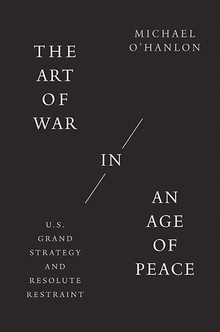
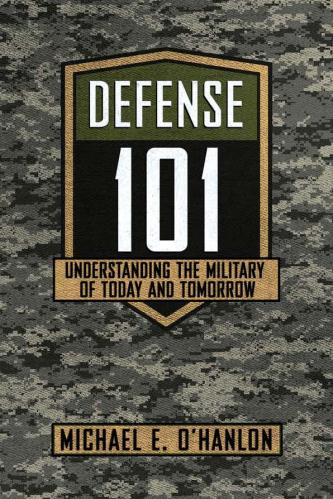
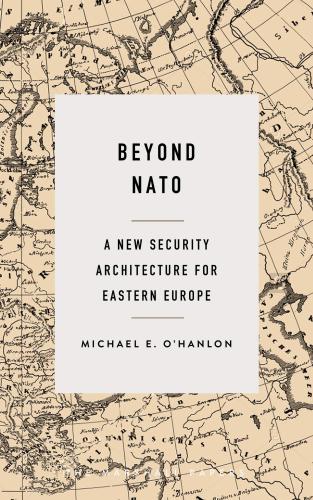
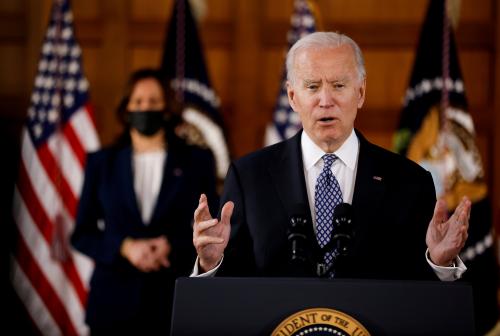
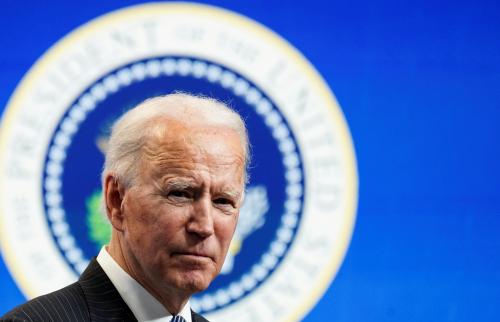



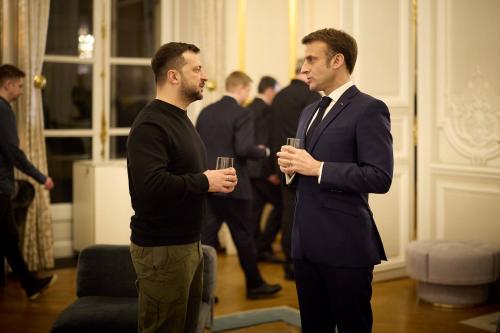
Commentary
To face Russia and Vladimir Putin, Joe Biden needs a smart strategy
May 28, 2021